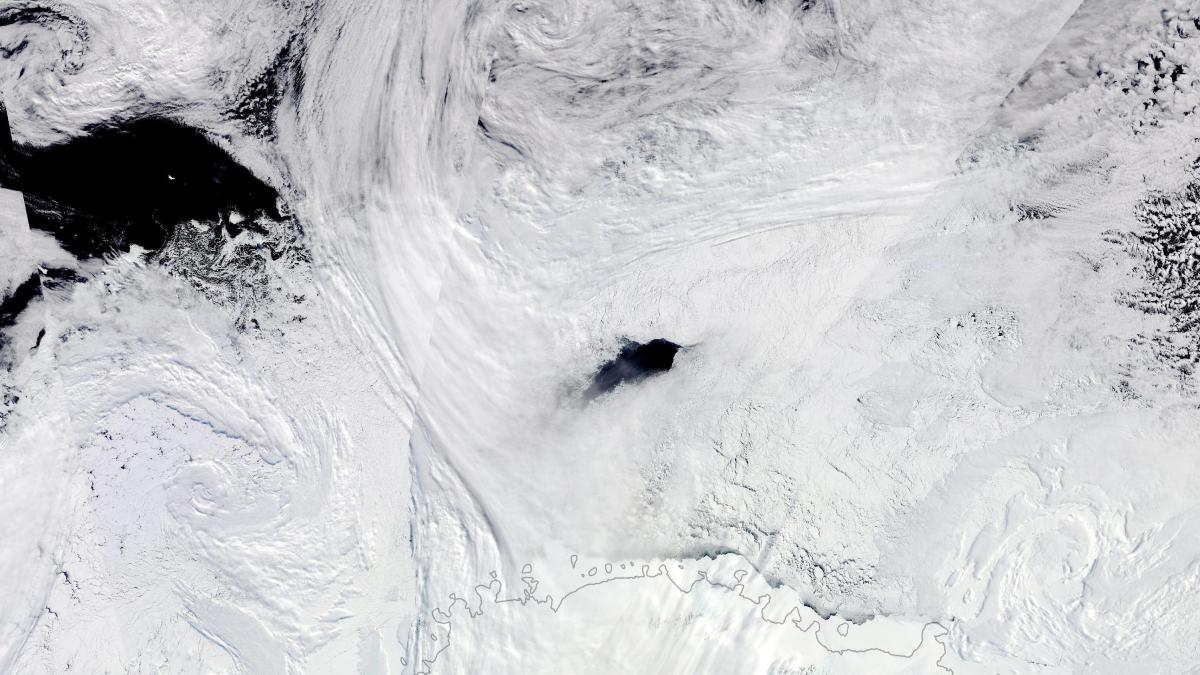By Stacy Liberatore For Dailymail.com
20:17 17 Nov 2023, updated 20:18 17 Nov 2023
- The largest gender life expectancy gap was six years back in 1996
- Experts found the Covid-10 pandemic led to another enormous gap
- READ MORE: Expert reveals the warning signs of male mental health
A new study has revealed the most significant US gender gap in life expectancy since 1996.
A team of scientists led by the University of California found women are now living 5.8 years longer than men – 0.2 years shy of the record.
The most significant contributor was the Covid pandemic, which took a disproportionate toll on men, followed by unintentional injuries and drug overdoses, accidents and suicide.
The team has referred to the four as ‘deaths of despair’ because they are associated with economic hardships, depression and stress.
The team led by the University of California found the gap is also due to improved medical care for women, such as reductions in cancer and perinatal conditions.
‘Differentially worsening mortality from diabetes, heart disease, homicide, and suicide suggest that chronic metabolic disease and mental illness may also contribute,’ reads the study published in JAMA Internal Medicine.
‘The increase in overdose deaths, homicide, and suicide underscore twin crises of deaths from despair and firearm violence
The analysis was conducted from March to July 2023 using mortality data from the National Center for Health Statistics.
The team aimed to uncover changes in the gap in life expectancy at birth between men and women from 2010 to 2021, divided by pre– and post–COVID–19 years.
First author Brandon Yan said: ‘There’s been a lot of research into the decline in life expectancy in recent years, but no one has systematically analyzed why the gap between men and women has been widening since 2010.’
The data showed a massive increase in the gap since 2010, which was just 4.8 years.
A 1998 report from the Centers for Disease Control and Prevention shows a record 2,314,690 deaths in 1996 – 2,558 more than the previous high of 2,312,132 deaths recorded in 1995.
There were 15 significant causes of death at the time, with heart disease, cancer and cerebrovascular disease, a group of conditions that affect blood flow and the blood vessels in the brain, at the top.
Suicide ranked ninth on the list, while unintentional injuries, poisoning and accidents were not among the reasons.
The new study determined factors have since changed to those connected to economic hardships, depression and stress.
‘While rates of death from drug overdose and homicide have climbed for both men and women, it is clear that men constitute an increasingly disproportionate share of these deaths,’ Yan said.
Data from the US Census Bureau also shows the toll Covid took on men.
‘Between 2019 and 2020, male deaths increased by 296,061 (20.1 percent) and female deaths by 232,830 (16.9 percent), a report reads.
‘The trend continued in 2021, with 68,208 (3.9 percent) more male deaths and 12,298 (0.8 percent) more female deaths.
‘The growing difference in deaths between males and females in 2020 and 2021 suggests the COVID-19 pandemic had a larger impact on the mortality of males than it did on females.’

Rachel Carter is a health and wellness expert dedicated to helping readers lead healthier lives. With a background in nutrition, she offers evidence-based advice on fitness, nutrition, and mental well-being.







